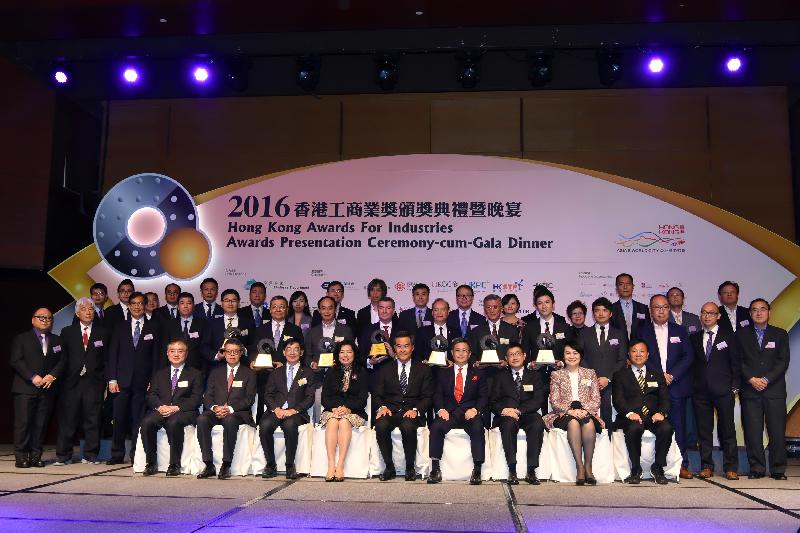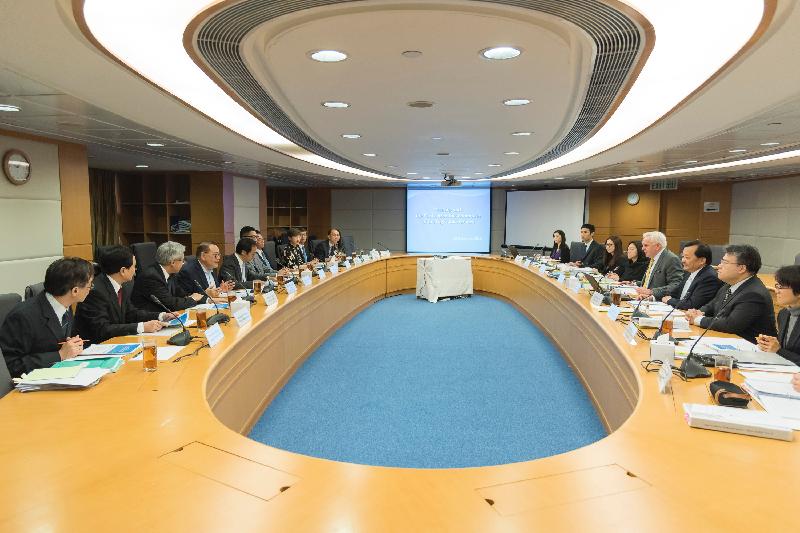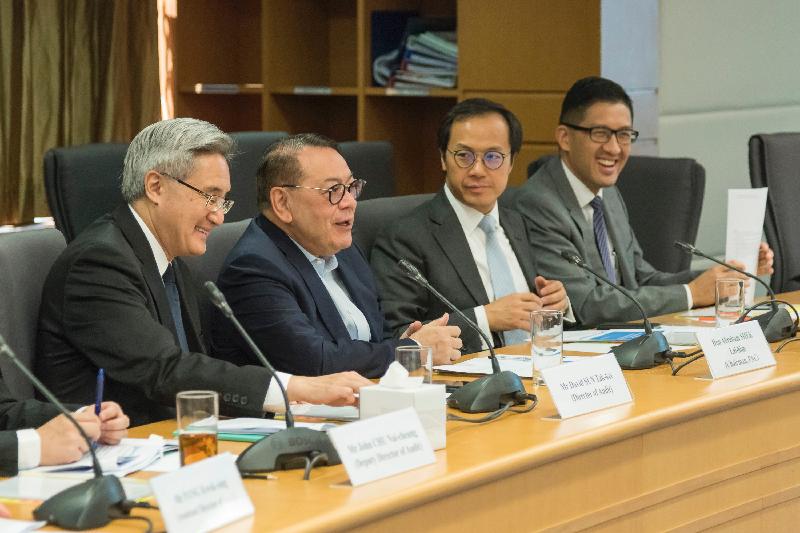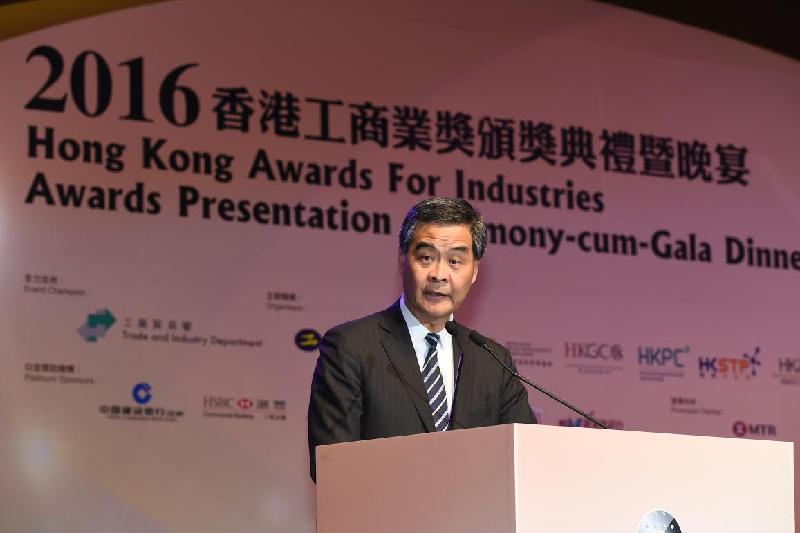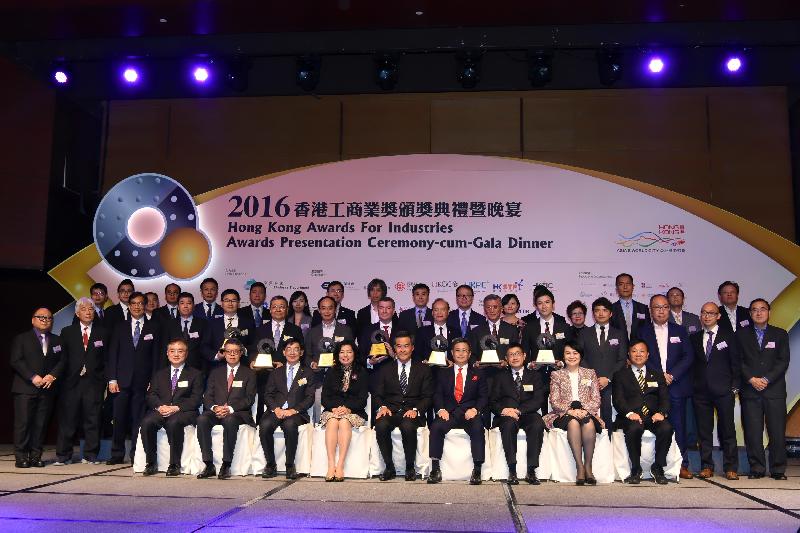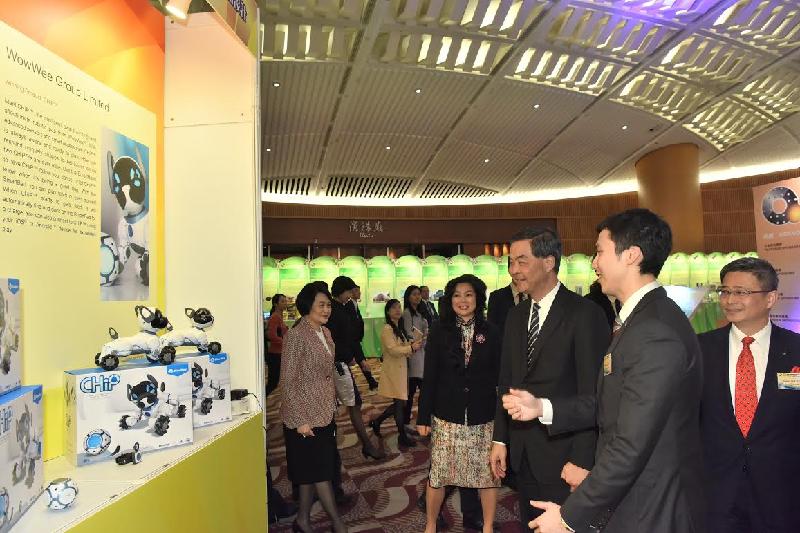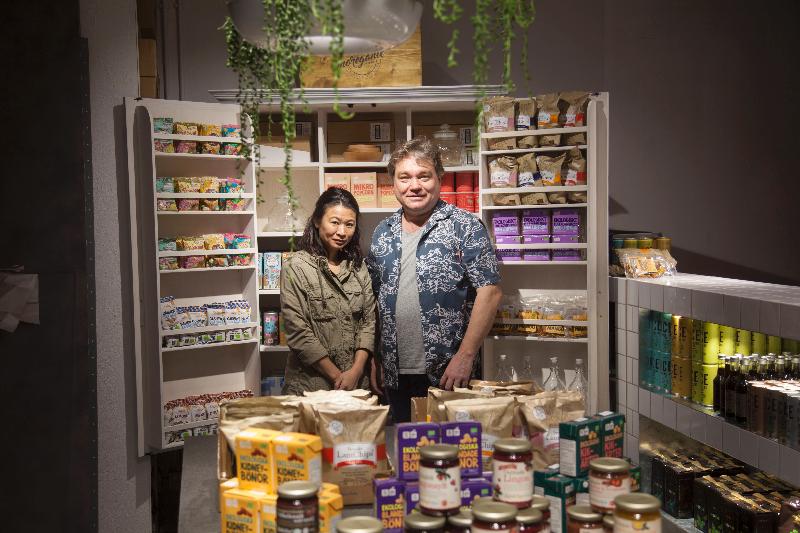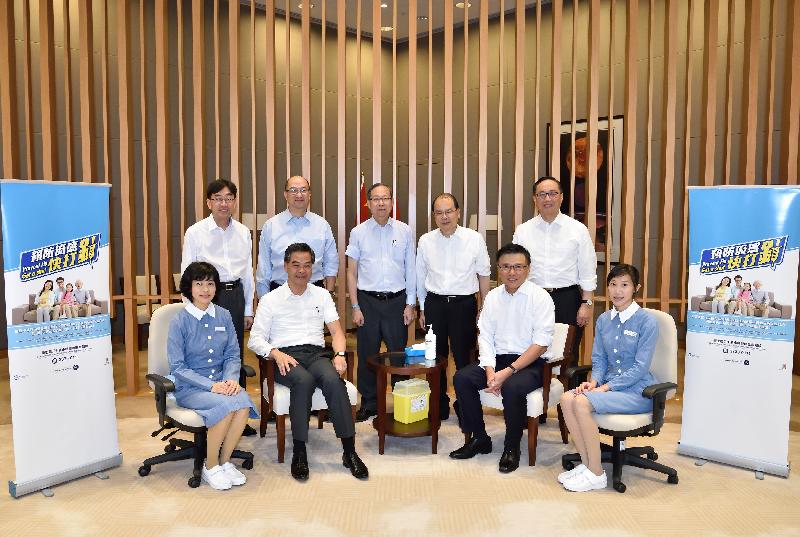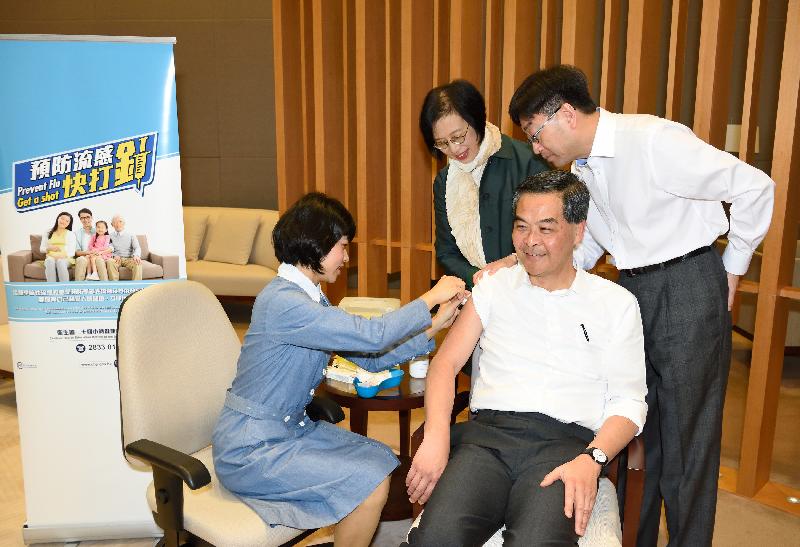Following is the speech by the Chief Executive, Mr C Y Leung, at the Hong Kong Awards for Industries Awards Presentation Ceremony this evening (December 13):
Director-General (the Director-General of Trade and Industry, Ms Salina Yan), distinguished guests, government colleagues, ladies and gentlemen,
Good evening. It is a pleasure to be here with you to pay tribute to the winners of the 2016 Hong Kong Awards for Industries. Here to celebrate some of Hong Kong’s most successful companies, and the people who drive their achievements.
Excellence is a mind-set as much as a skill-set, which brings to my mind the story of stonecutters. Three stonecutters are asked what they are doing. "I have a hard job of breaking stones," says the first. "I am making a living by doing the best job of stonecutting," says the second. The third one, with a gleam in his eyes, says, "I am building a cathedral."
So perspective and aspiration are what make us exceptional. What drive us towards excellence.
And that is why the Hong Kong Awards for Industries was created. To recognise the achievements of outstanding companies and people. To celebrate their vision and efforts in making Hong Kong companies better, and more competitive.
This is all the more important these days, with the global business environment facing so many challenges – Brexit, the impending leadership change in the United States, and the future of trade liberalisation, to name just a few.
Let me assure you that your Government is actively or acutely aware of these challenges, and that we have put in place a variety of support measures to help – especially small and medium-sized enterprises. These include funding schemes to help SMEs obtain financing, upgrade branding and explore new markets. Just last month, the Government launched a pilot technology voucher programme, subsidising SMEs in using technology to improve productivity and upgrade business processes.
Beyond these support measures, what we need – what Hong Kong needs – to ponder is how we can keep our business and city competitive in the long-term.
Less than two weeks ago, I spoke at two large-scale business forums held in Hong Kong: Business of Design Week, and Business of Intellectual Property Asia Forum. What is noteworthy about these two events is that they were not about Hong Kong’s traditional industries, but new, emerging sectors gaining increasing interest in the community, and that is - design, innovation and creativity – which happen to be among the seven categories of the Hong Kong Awards for Industries .
For Hong Kong to succeed in the 21st century, we must upgrade, transform and diversify the economy. Upgrade and transform through innovation and technology; and diversify by developing new economic sectors such as cultural and creative industries.
Some of you may recall that, about a year ago, the Government established the Innovation and Technology Bureau to promote I&T development. To provide more and better jobs for the Hong Kong people, especially talented young people with high creative potential.
But I&T is not just a new industry. It revolutionalises production processes, transforms business models, and enhances quality of products and services. Making our lives more convenient, more comfortable, and safer.
And that is precisely what the winners of the Hong Kong Awards for Industries have achieved, applying technology and creative solutions in such areas as construction, robotics, textiles, telecoms, health and others.
The Government will continue to support you – Hong Kong businesses and the Hong Kong community – in this journey towards an innovative, high-tech, and high value-added economy. Or what I prefer to call “re-industrialisation”.
This year, we have invested $18 billion, that is 18 billion, billion with a "b", to drive "re-industrialisation" and I&T development, including a $500 million Innovation and Technology Fund for Better Living to finance projects that make use of I&T to improve our daily life; as well as a $2 billion fund for promoting mid-stream applied research projects in universities. The Science Park has put in place cross-disciplinary platforms to promote the use of technology in innovative products, focusing on smart city, robotics and healthy ageing.
Meanwhile, a huge development project of $8.2 billion is underway for the Science and Technology Parks Corporation to develop an Advanced Manufacturing Centre, and a Data Technology Hub in the Tseung Kwun O Industrial Estate. The centre and the hub will be so designed as to support smart production and high-end manufacturing.
Ladies and gentlemen, I am glad to see that the business sector, including SMEs, is eagerly embracing the opportunities of I&T. The Government looks forward to working with you, closely as always, in upgrading and growing our economy.
My congratulations to this year’s winners of the Hong Kong Awards for Industries, and my thanks to the Organising Committee, the seven organisers and the final judging panels for making this event such a great success.
I wish you all happy holidays and a prosperous New Year. Thank you.

